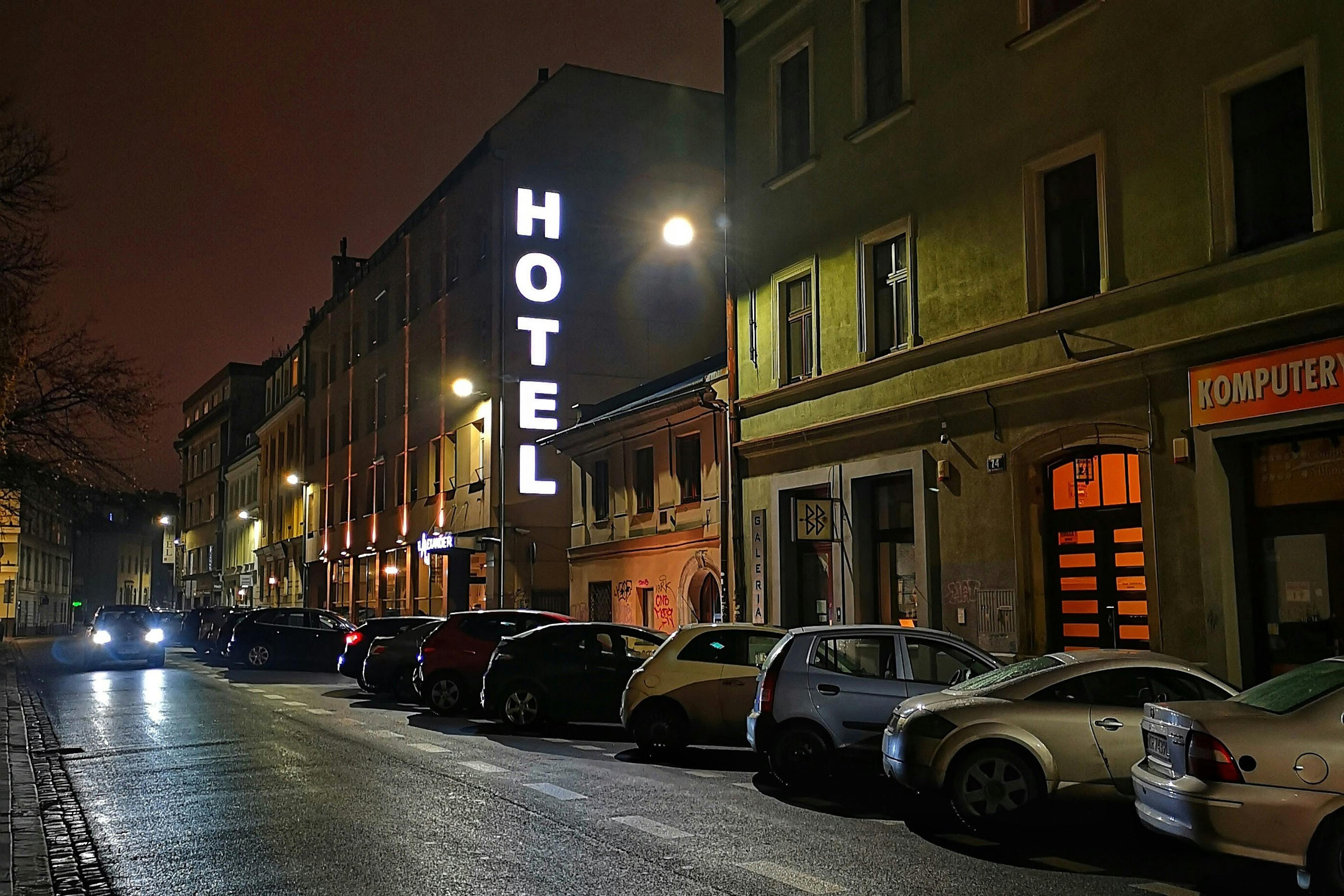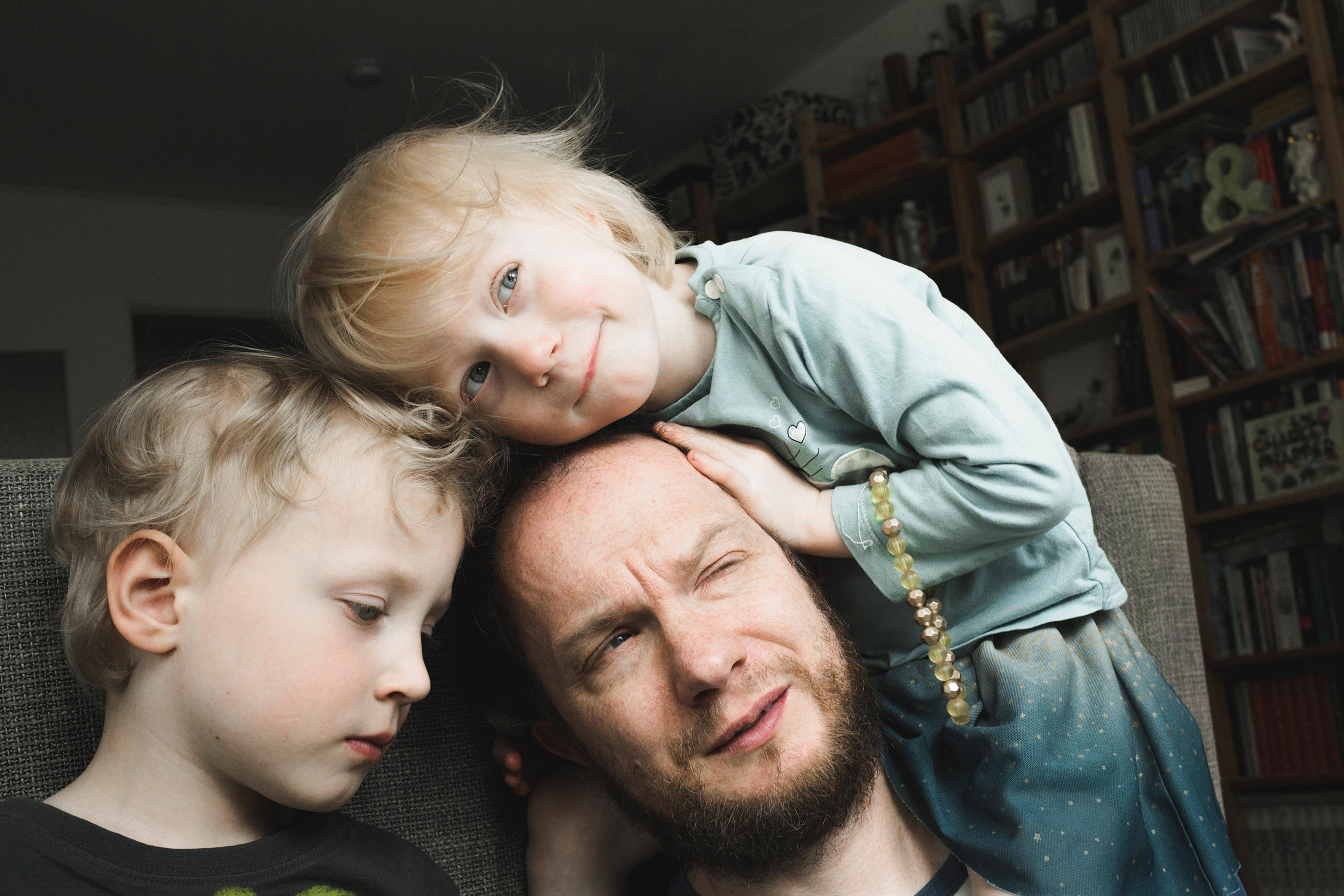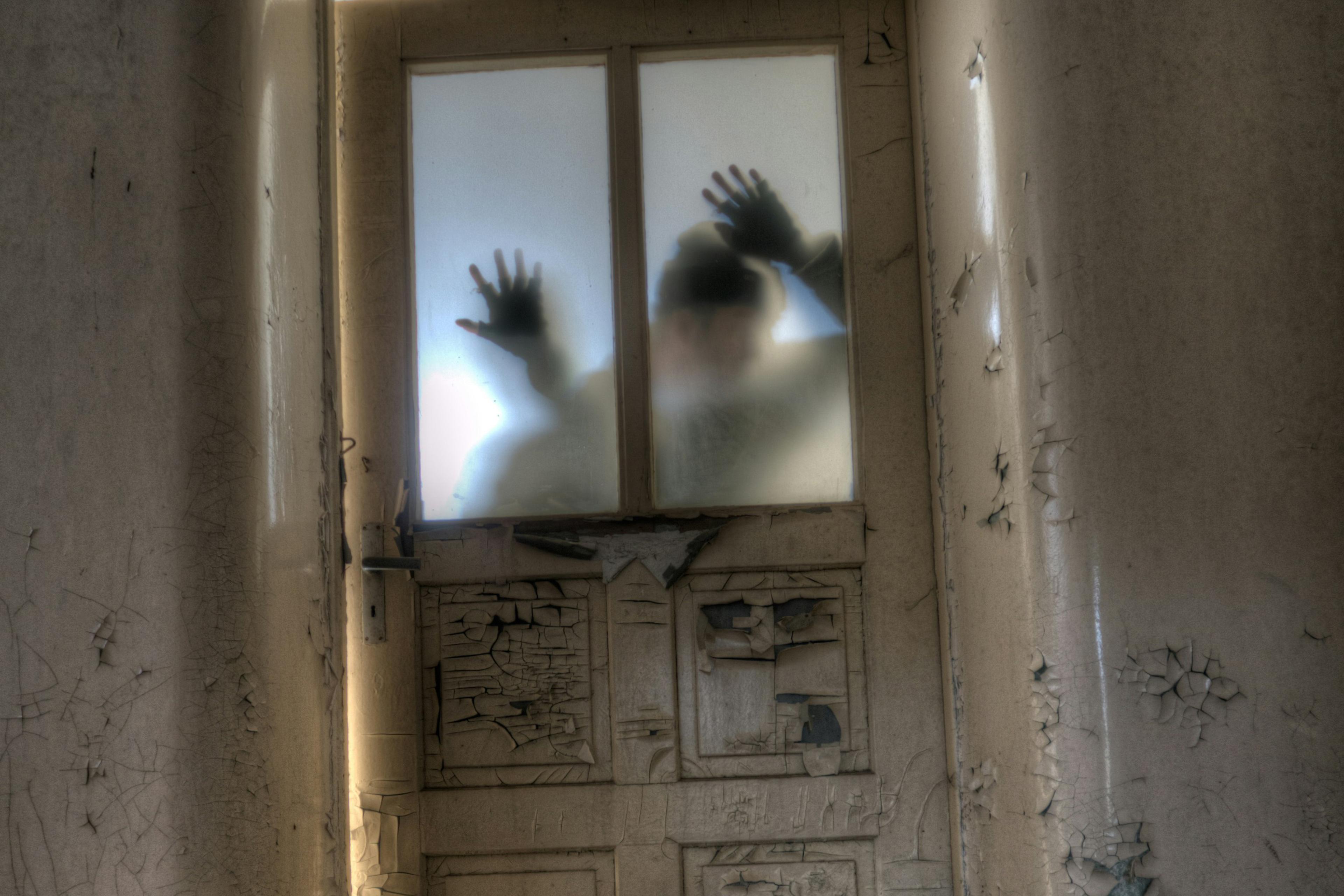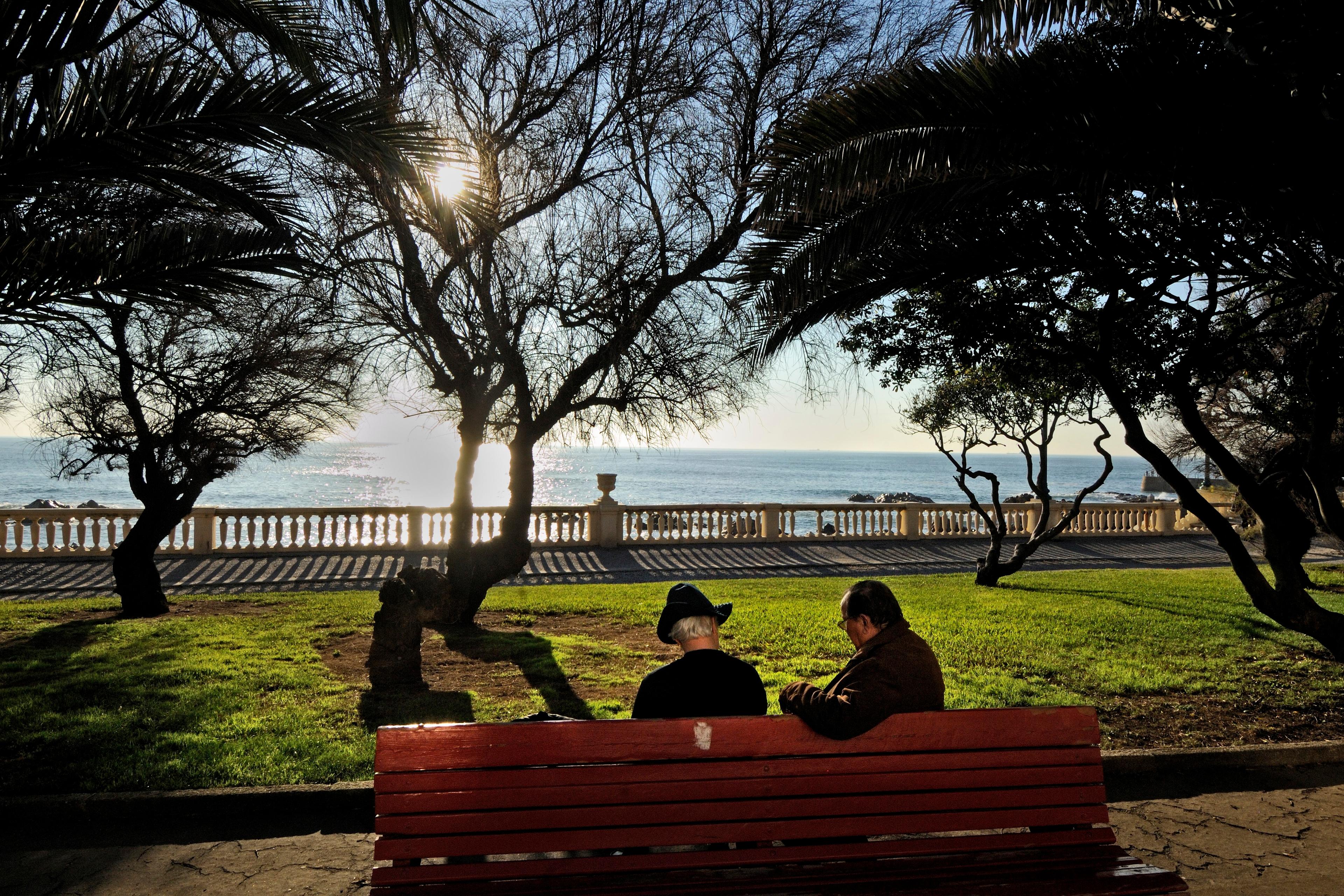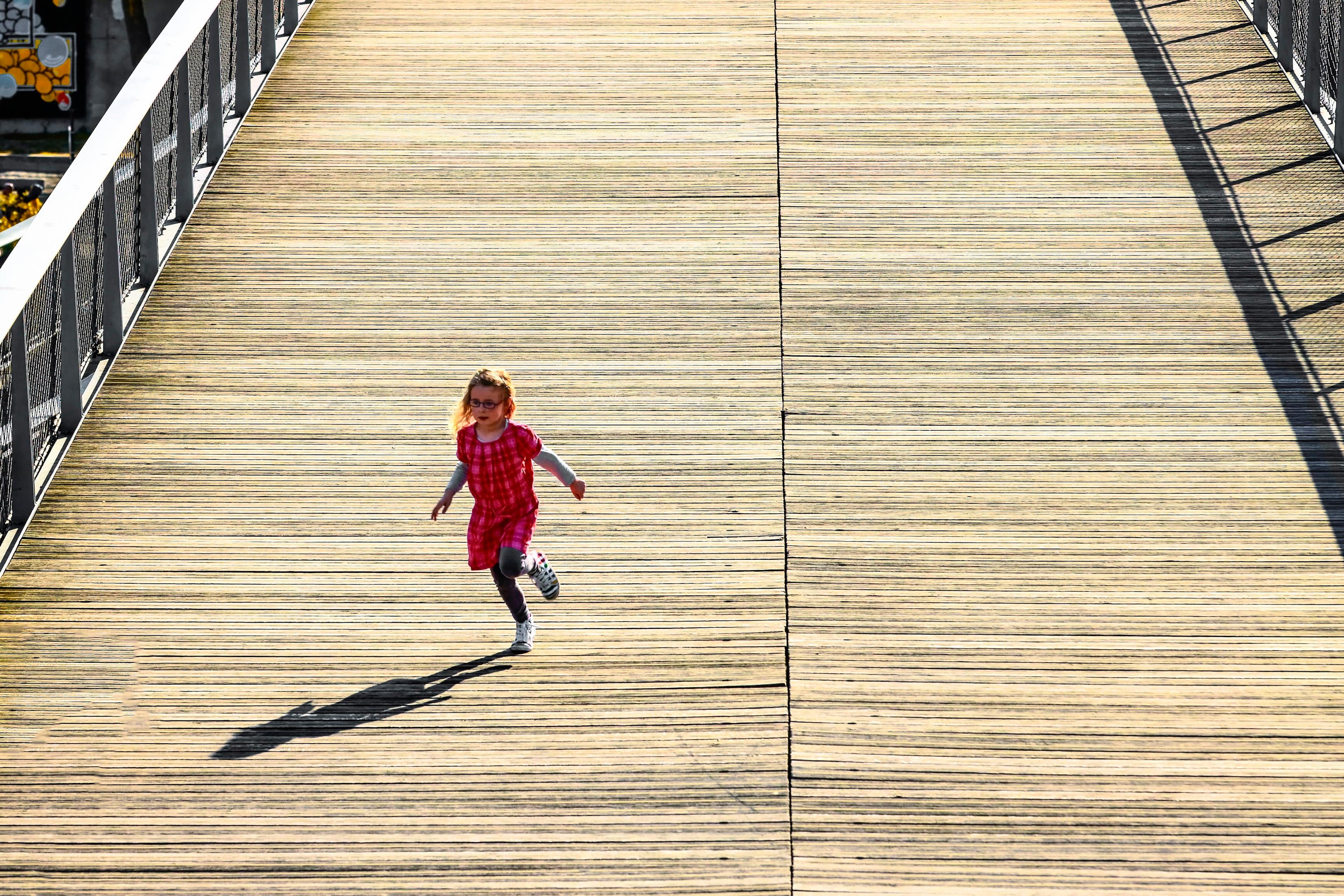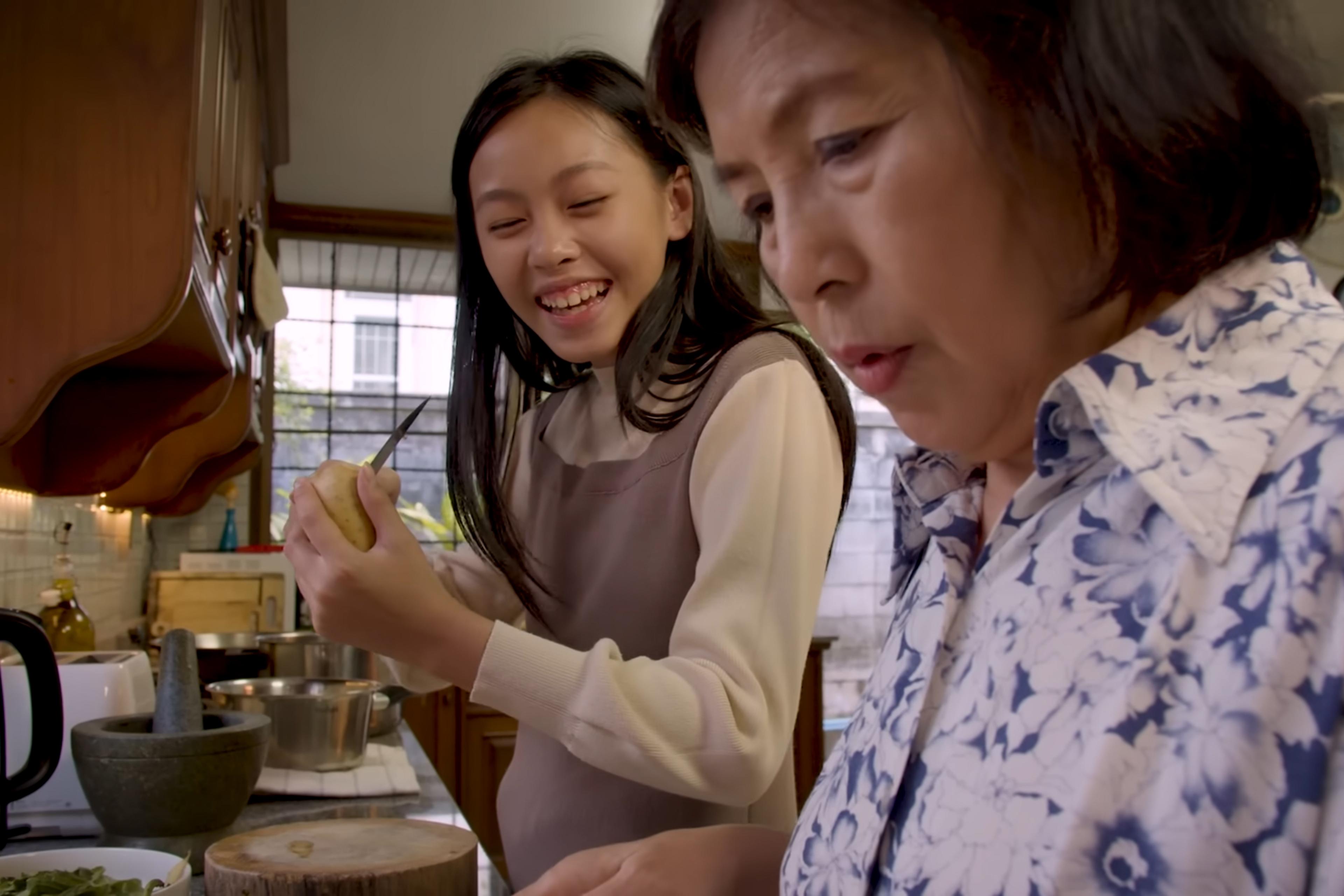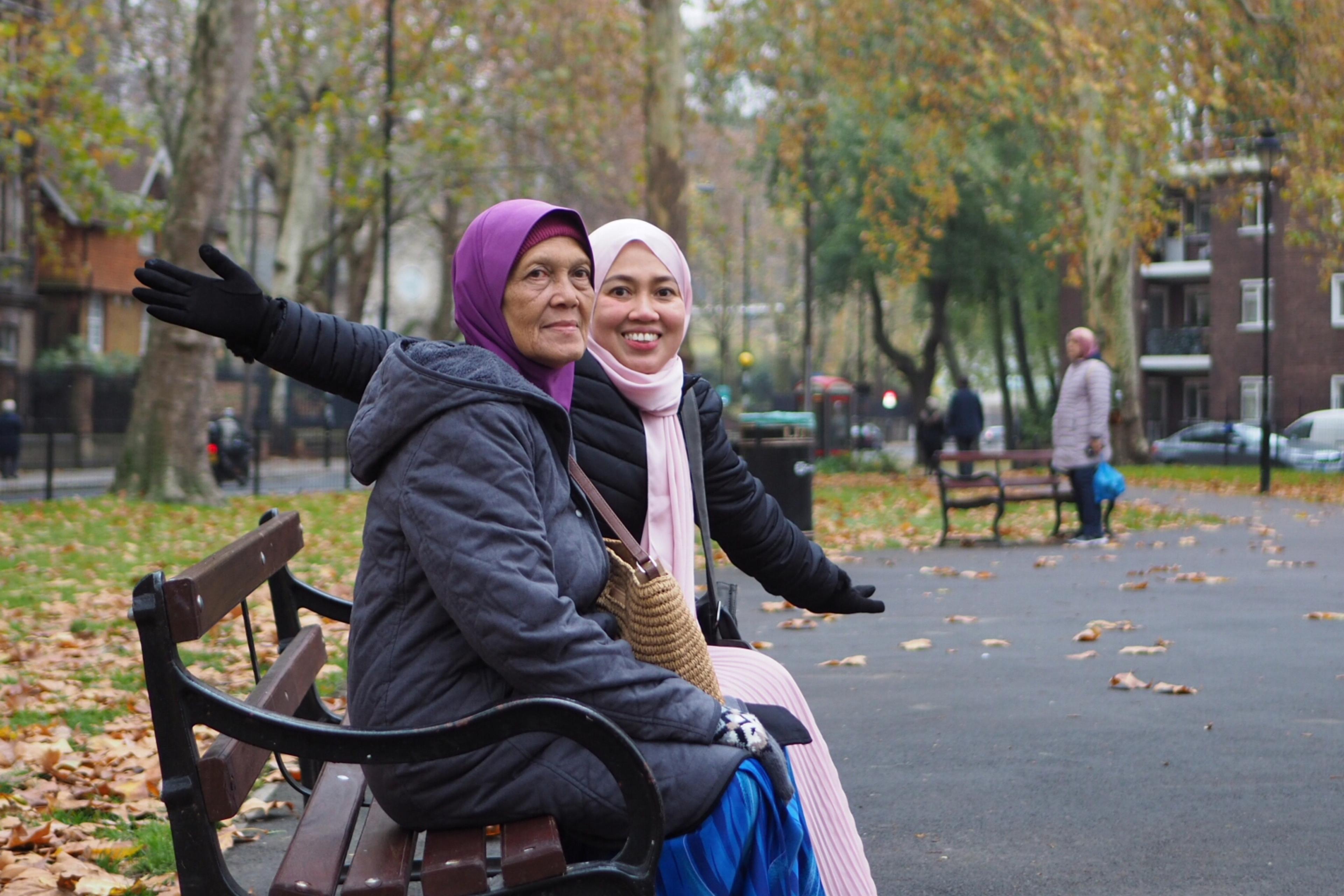As I approached my 40th birthday, I came across a chart that would – without exaggeration – alter my life’s course. Known as the U-shaped ‘happiness curve’, it plots life satisfaction across adulthood. It suggests that people are, on average, happiest in their 20s, and in old age. The bit that bothered me was the middle: according to the chart, my 40s promised to be my glummest decade.
Shortly after I saw this graph, I made some major life changes – determined to buck the averages. I took a career break, lived abroad for a year, refocused my attention on family, and decided to write a book. Generally, I think it worked: I’m about to turn 45, and now feel pretty content.
So imagine my surprise to learn recently that the chart is more debated than I assumed. While the evidence (600+ papers, apparently) supports the U-shape, its applicability to you or me, well… it depends. For example, in some countries, older age doesn’t necessarily bring greater contentment, particularly if welfare support is lacking (and in some societies, midlife is the peak of wellbeing). There may also be gender differences: the mid-40s slump could be skewed by particularly unhappy men.
This year, the entire shape of the curve has been questioned. It seems the young may be unhappier than previous generations, which is flattening out the classic smile-shape into something more like Mr Spock’s arched eyebrow. In sum, it’s more complex once you dig into the data.
However, I have no regrets about making midlife decisions based on a chart. The real power wasn’t in the curve’s accuracy, but in how it gave me permission to make positive changes. And growing older has taught me that, sometimes, life’s big choices must be made with imperfect information.

